Faculty, staff, alumni and students of Ithaca College gathered Jan. 23 in Emerson Suites to attend the Spring 2024 All-College Gathering. During the session, college leadership acknowledged the recent civil lawsuit against the college, faculty hiring, student enrollment and the budget outlook for the 2023–2024 fiscal year (FY24).
Remarks from the President
To begin the presentation, President La Jerne Cornish responded to an article by The Ithacan detailing a civil lawsuit an Ithaca College student filed against the college and a former associate dean of the Roy H. Park School of Communications.
On Jan. 22, the Office of the Provost sent an email to the Ithaca College community acknowledging the impact the allegations may have on the community and outlined resources, like the Center for Counseling and Psychological Services, the college provides to students. Cornish said during the presentation that the college has commented all that it can at the moment.
“I know that [the article] was jarring for some,” Cornish said. “I know that it was shocking, and I know that it may have evoked an emotional reaction. … We don’t comment on things that are going to be litigated, and we certainly don’t comment on personal matters. We sent a message yesterday … just saying there are resources available for [the campus community] and for our students, if you need to have a further conversation. But there will be no further comment officially because this is being litigated, and the college will speak in court when allowed to do so.”
Cornish’s opening statements were followed by an update on faculty hirings from Melanie Stein, provost and senior vice president for academic affairs at the college and a financial update from Tim Downs, vice president for finance and administration and chief financial officer at the college. The gathering concluded with a Q&A session open to all audience members.
Faculty Hirings
Stein began the academic update with a presentation on faculty hiring. Stein said in the presentation that the college has been focusing on the size of faculty and making sure faculty is aligned with the student body. Stein also said the current student-to-faculty ratio is 11:1, which is below target but what the college expected because 2024 enrollment will be lower than recent years. While Stein did not say what the target was, in Fall 2020, the student-to-faculty ratio was 9.4:1. In Feb. 2021, the college approved a plan to cut 116 full-time equivalent faculty positions as a result of the Academic Program Prioritization process, which centered on student enrollment numbers, the college’s budget and student-faculty ratio.
“Last year, we authorized the filling of 26 full-time, regular, continuing faculty [positions],” Stein said. “At this point in the year, half of those [positions] have been successfully filled. … We will be introducing you to them in the fall and the remaining half if the searches are well underway, and we look forward to completing those searches this semester and welcoming all these new colleagues in the fall.”
Stein said the college is about to begin the faculty allocation process, a process in which departments submit requests for positions and the Teaching Resource Allocation Committee recommends the priorities of the requests to the provost for 2024 and that next year, the college will continue to see more faculty hiring.
Student Enrollment and Retention
Downs began the financial update with a check-in on student enrollment for FY24. Downs’ update projected that FY24 will have a lower student enrollment than in recent years. In 2021, the student enrollment at the college was 5,239 full-time students and currently there are 5,000 students enrolled at the college. According to Downs’ presentation, student enrollment is expected to dip below 5,000 full-time students for FY24.
Downs said in the presentation that student enrollment is lower because of the smaller class sizes admitted in the years since 2020. Downs also said future enrollment years will build student enrollment back up to previous numbers.
“We built [the enrollment projections] all off of the premises of where we believe we will be able to enroll new students, the retention rates we will achieve based on the quality of our products here … as well as the discount rate that we have to offer to attract the students here,” Downs said.
Downs’ presentation predicted that the enrollment rate will be 1,380 to 1,420 students admitted yearly, the retention rate for the third semester will be 90% and the fifth semester will be 80%, and the undergraduate discount rate will be 55.5%.
Budget Outlook
Downs said the majority of the budget at the college depends on student enrollment and because of the low student enrollment, the college will have a deficit of $12.5 million for FY24.
“The trustees know that this [budget] is temporary,” Downs said. “And as we work our way back out, we continue to be as thoughtful as we can and right now, midway through the year, we believe that we are going to come in certainly favorable but still in the deficit of where we were.”
Downs’ presentation forecasted a decrease in the deficit from $12.5 million in FY24 to $7.6 million in FY25.
Downs also said some existing operation challenges within the budget now are a 10% average salary gap to market, an insufficient non-salary operating budget to cover inflation and an increase in investments in student recruitment and retention.
“Even though we are showing a growth up, we realize that we have to fix these things,” Downs said. “As we start to come out of our low point, and we start to build back, these are the areas that we are going to be focused on adjusting and fixing.”
Off-campus engagement
During the open Q&A session, Hugh Egan, professor of literature in the department of English, asked if the college is doing anything different to improve student enrollment for future classes. Shana Gore, interim associate vice president for Enrollment and Student Success, said the Office of Admissions has done work to improve off-campus engagement with the college.
“[Off-campus engagement] has almost doubled from last cycle, Fall 2023,” Gore said. “With the high school visits [and] the fairs … that are happening off campus in different communities and high schools, [we have] different events so that we can make sure we are making the connection with students and making sure they come to campus because we know once we bring them to campus, they’ll yield at a higher rate.”
Closing Remarks
To end the gathering, Cornish said she had been elected to the board of directors for the Council of Independent Colleges (CIC), a national organization that provides services to independent colleges and universities. Cornish also said she had been elected to the board of the Council of Independent Colleges and Universities, an organization in New York representing public policy issues of New York’s independent colleges and universities.
“I am excited about our future,” Cornish said. “Do we have things that we need to correct? Yes. Do we have challenges? Yes. Can we overcome them? Yes.”


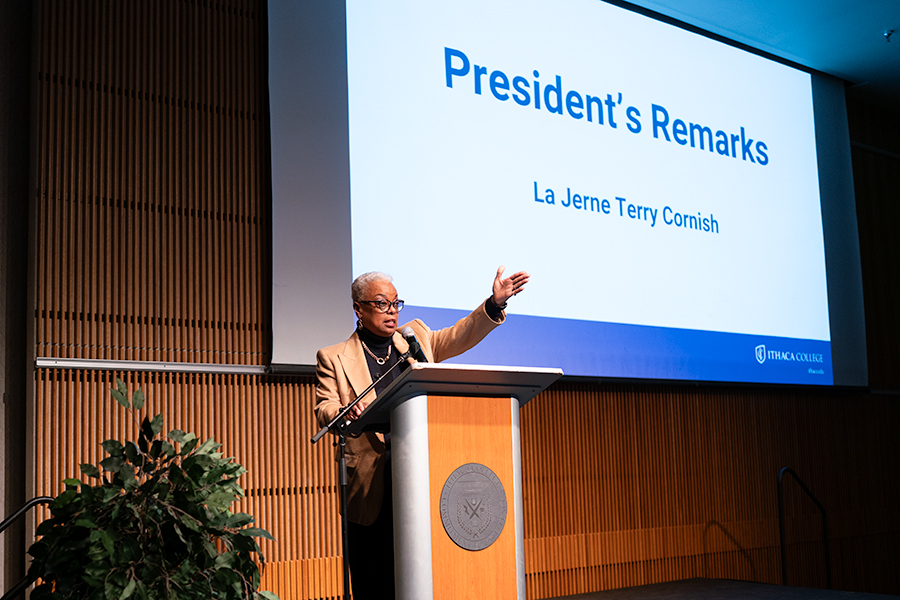




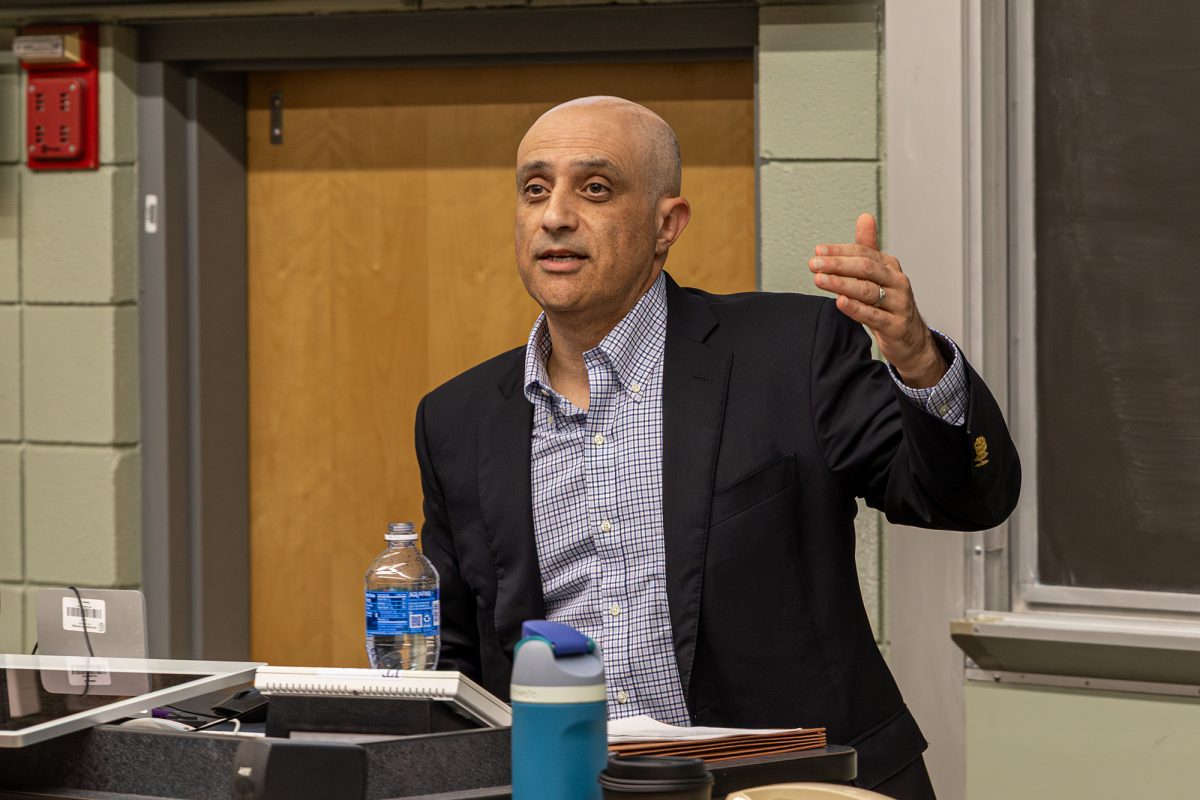

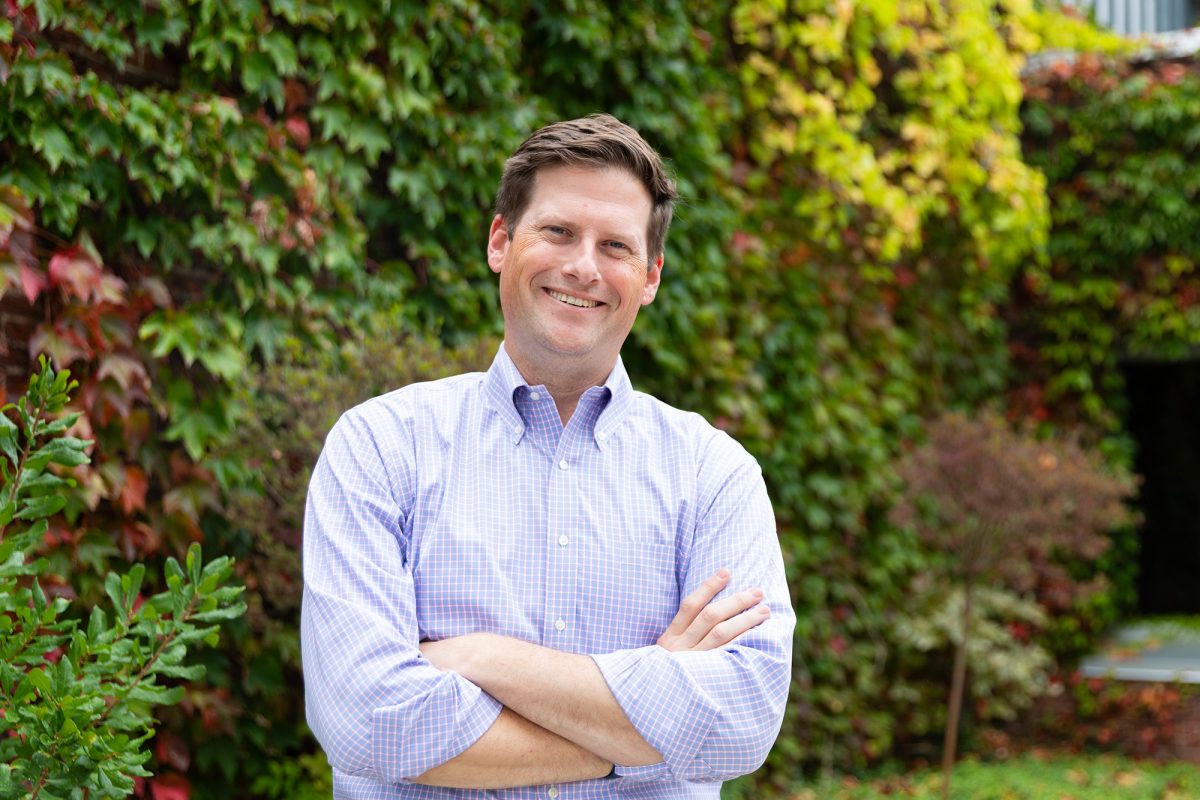



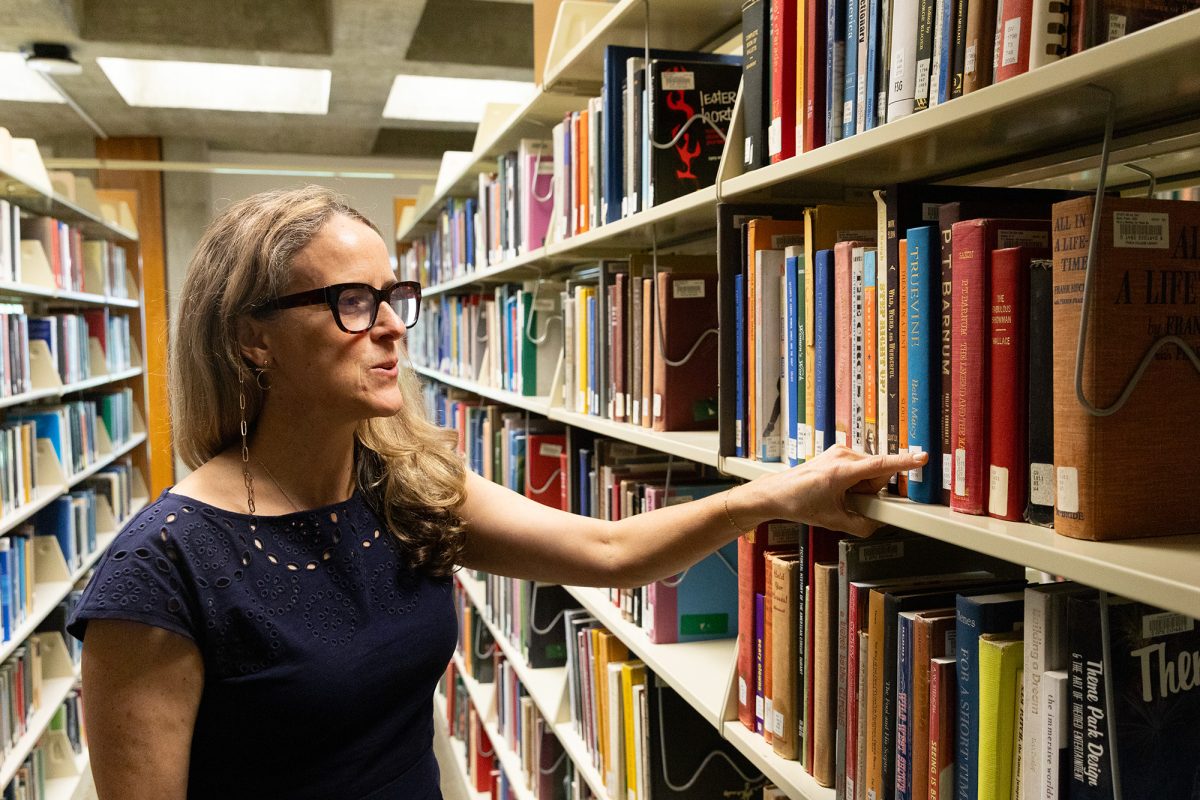
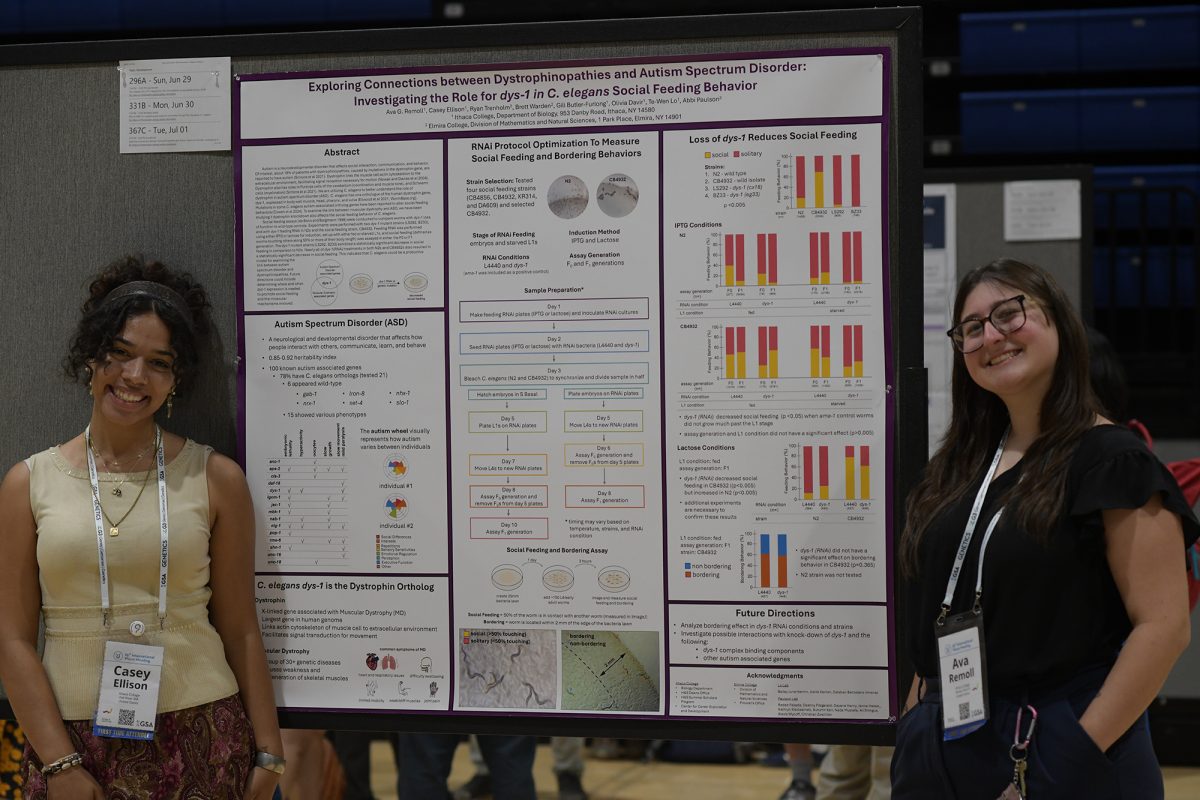

Randi Millman-Brown • Jan 29, 2024 at 10:24 pm
No comment on the 116 faculty positions and how their lives were upended, nor any comment on the 400 + faculty and staff who had to leave the college in 2020. I didn’t expect to be forced to retire at 60 after 27 years of service. My life was completely turned upside down with no path to keep my job.